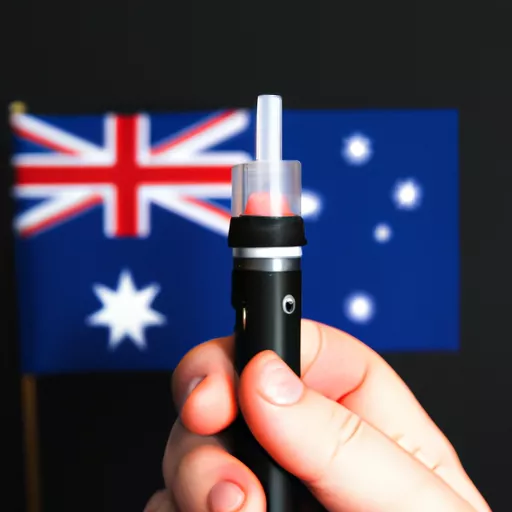
As an Australian vaper, I am often asked about the state of vaping in Australia. Many people are curious about its legality, availability, and overall culture in the country. As someone who has been a part of the vaping community for several years, I am happy to share my knowledge and experiences. In this article, I aim to provide quality information about vaping in Australia, addressing common concerns and misconceptions.
First and foremost, let me start by saying that vaping is legal in Australia. However, the sale and possession of nicotine e-liquids without a prescription is illegal. This means that vapers in Australia have limited access to nicotine-containing products, as they can only be purchased through a prescription from a doctor or imported from overseas for personal use. The strict regulations surrounding nicotine in vaping products have been a source of frustration for vapers in the country.
So why is nicotine treated differently in Australia compared to other countries? The answer lies in the country’s strict tobacco laws. Australia has some of the toughest tobacco control laws in the world, with a goal of reducing smoking rates and its associated health risks. As a result, vaping products, including those with nicotine, are subject to the same restrictions as tobacco products.
Despite the challenges, the vaping community in Australia continues to grow. According to a report by the Australian Institute of Health and Welfare, the number of daily smokers in the country has decreased, while the number of people trying vaping has increased. This shows that many smokers are turning to vaping as a less harmful alternative to traditional cigarettes.
One of the reasons why vaping is becoming popular amongst smokers is its potential health benefits. Vaping is often touted as a safer alternative to smoking, as it does not involve combustion or the production of harmful chemicals found in cigarettes. However, it is important to note that vaping is not risk-free. While it may be less harmful than smoking, it is not entirely without risks and further research is needed.
Another factor contributing to the growth of the vaping market in Australia is the variety of products available. From simple vape devices to high-tech mods, there is something for every type of vaper. Moreover, the vaping community in Australia is thriving, with various vape shops, online retailers, and vaping events taking place across the country. This allows vapers to connect with like-minded individuals, share their experiences, and learn more about the latest developments in the industry.
Additionally, the availability of quality e-liquids is also a contributing factor to the growth of vaping in Australia. Many international and local brands offer a wide range of e-liquid flavors, catering to different preferences. This allows vapers to experiment and find their favorite flavors, making the vaping experience more enjoyable.
However, it is worth noting that the sale of e-liquids with nicotine is prohibited in Australia, which means that vapers have to source their supplies from overseas. This can be a costly and time-consuming process, as importing nicotine products can sometimes be a hit or miss due to customs regulations. The alternative is to use nicotine-free e-liquids, which may not satisfy all vapers, especially those trying to quit smoking.
Another issue that Australian vapers face is the negative perception of vaping by the government and the general public. Due to the strict tobacco laws in the country, many people still view vaping as a smoking cessation tool rather than a harm reduction strategy. This means that vapers are often subject to the same restrictions and bans as traditional smokers, making it difficult to vape in public places like parks, beaches, and public transportation.
Despite the challenges, the vaping community in Australia remains resilient and continues to fight for their right to vape. The Australian Tobacco Harm Reduction Association (ATHRA) is one such organization that advocates for the use of vaping as a harm reduction tool and works towards changing public perception and government policies.
In conclusion, while there are challenges facing vapers in Australia, the country’s vaping community is growing and thriving. With more people turning to vaping as an alternative to smoking, it is important for the government to reconsider its strict regulations and recognize the potential benefits that vaping can bring. As a vaper, I hope to see a more positive and supportive attitude towards vaping in Australia in the future.
